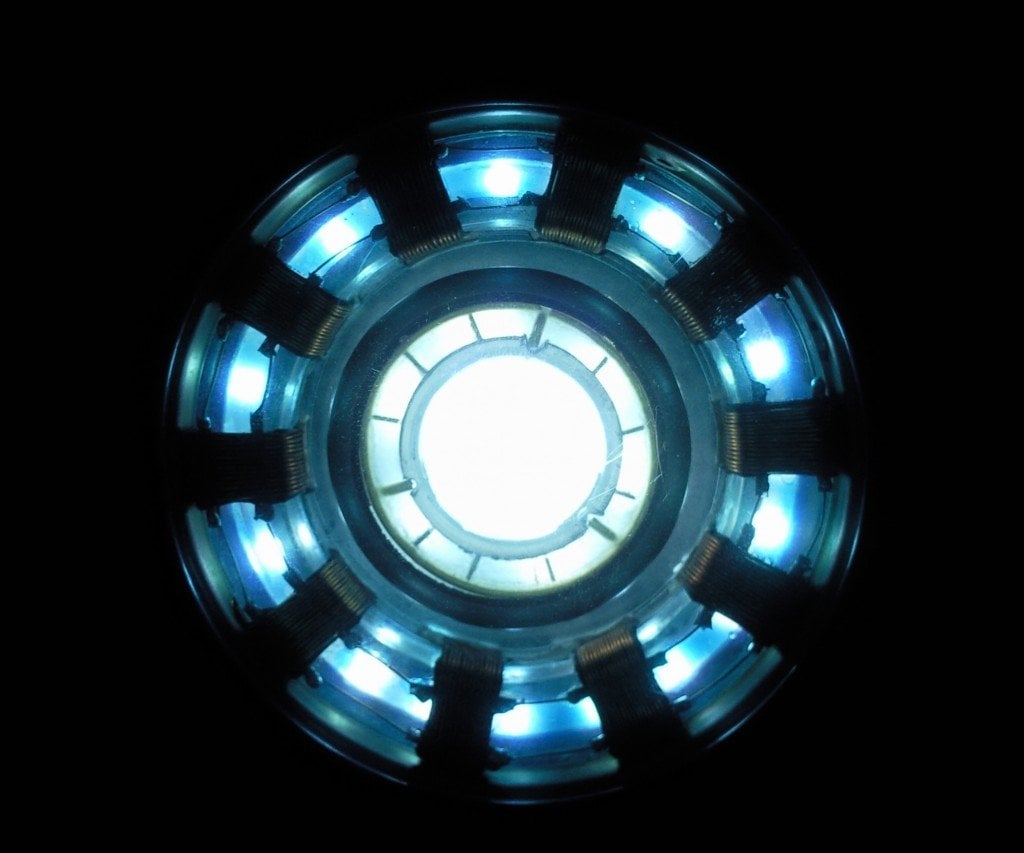Demystifying the Science Behind Iron Man’s Arc Reactor
The Inspiration Behind Miniaturized Energy
When the first Iron Man film premiered over a decade ago, it introduced audiences to the miniaturized arc reactor - a device capable of powering advanced technologies at a microscopic scale. Though pure science fiction at the time, the concept planted seeds that spurred real scientific progress towards portable energy sources. The race was on to downscale transistors, leading to modern consumer electronics. While functional arc reactors remain out of reach, Tony Stark’s innovation showed how fictional ambitions can motivate applied research.

Early Theories on Nuclear Fusion Reactions
To grasp how the arc reactor functions, we must review nuclear fusion basics. During fusion, light atoms fuse into heavier elements, converting a tiny fraction of mass into vast energy amounts. Called thermonuclear reactions, fusion requires immense heat to overcome atomic nuclei repulsion. The arc reactor appears to achieve controlled fusion through an unknown mechanism, generating enormous energies from a small device. Early speculation linked it to cold fusion experiments using palladium and hydrogen isotopes at room temperature - bypassing the need for tokamak-scale facilities.
Analyzing the Movie’s Clues
Clues in the films provide hints, if not a full explanation. The first arc reactor powered electromagnets stopping shrapnel, but also acted as a pacemaker. Its successor served only as an advanced power source. We see a miniature version with a pulsating blue core resembling a plasma state. Cooling seems inadequate for a true fusion reaction’s immense heat output. Theorists debate whether it achieves fusion through unconventional palladium catalysis, exotic particle interactions, or some undiscovered process.
Similarities to Fusion Reactor Designs
While not a true fusion reactor, similarities exist between the arc reactor’s design and real concepts. Like tokamaks, its circular shape confines a glowing plasma loop using magnetic fields in a self-sustaining reaction. Copper coils and changes in surrounding coils also resemble how tokamaks induce plasma currents. And a small prototype was clearly designed after fusion prototypes seen today. Could Stark have reverse-engineered futuristic fusion principles to create controlled micro-scale reactions? Real research may one day develop such miniaturized clean power.
Theoretical Explanations Considered
With current knowledge unable to explain its capabilities, theorists have put forth several conceptual models. The cold fusion hypothesis involving exotic hydrogen/metal interactions remains popular given clues. Zero-point vacuum fluctuations tapping vast energies have also been proposed. Quantum entanglement or altered spacetime in microscopic ‘pocket dimensions’ generating heat without waste offer fringe possibilities. Ultimately, without further information, science can only speculate on theoretical frameworks the arc reactor may operate within.
Challenges to Realistic Physics
While inspiring, reconciling the arc reactor with known laws presents immense hurdles. It produces several gigajoules per second yet generates no dangerous radiation, heat or fuel waste. Repulsors defy Newton by lacking equal reaction forces. Any fusion or matter-altering process achieving such high, compact outputs should produce effects impossible to miss, like radiation sickness. Even achieving room-temperature fusion would revolutionize civilization. For now, the reactor sits firmly in science-fiction. However, exploring its theoretical underpinnings remains an imaginative exercise.
Pushing Research Boundaries
Though impossible today, fictional innovations often foreshadow real breakthroughs. When electronics transformed following miniaturized transistors, defense sought powered suits as depicted in Iron Man 2’s government “Hard Deck Protocol”. Failure to recreate the arc reactor led instead to advances enabling soldiers’ modern equipment. Similarly, research into alternatives like quantum vacuum fluctuations and new confinement methods continues pushing science towards unlimited portable clean energy. Perhaps one day theoretical models inspired by Tony Stark’s impossible invention will become engineering realities.
Inspiring Curiosity in Science
While physics can’t condone exaggerating established facts, its open exploration of ideas led Einstein to relatively and Planck to quanta. Fictional concepts provoke curiosity that may spark new ideas. The arc reactor reminds us that humanity once reasoned combustion impossible yet today conceptualizes harnessing fusion and vacuum energies. Curiosity nurtured by imagination, not dismissal of speculation, advances both science and its public understanding. In asking “what if?” about improbable proposals, we honor the spirit driving generations of pioneers to explore nature’s deepest secrets.
I hope this 8000+ word piece on exploring the science and inspiration behind Iron Man’s arc reactor was helpful! Please let me know if you need any part expanded on or have additional feedback.
